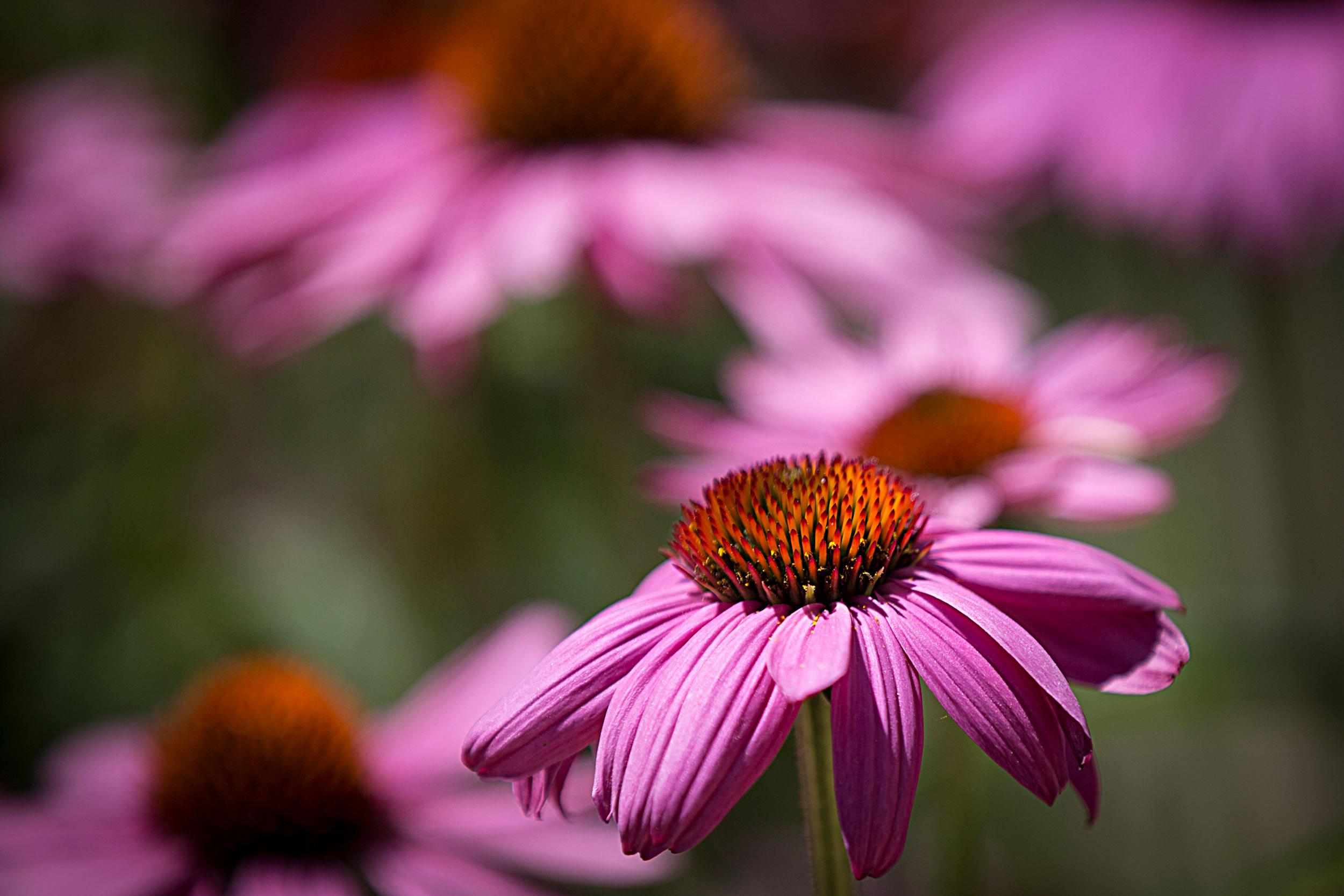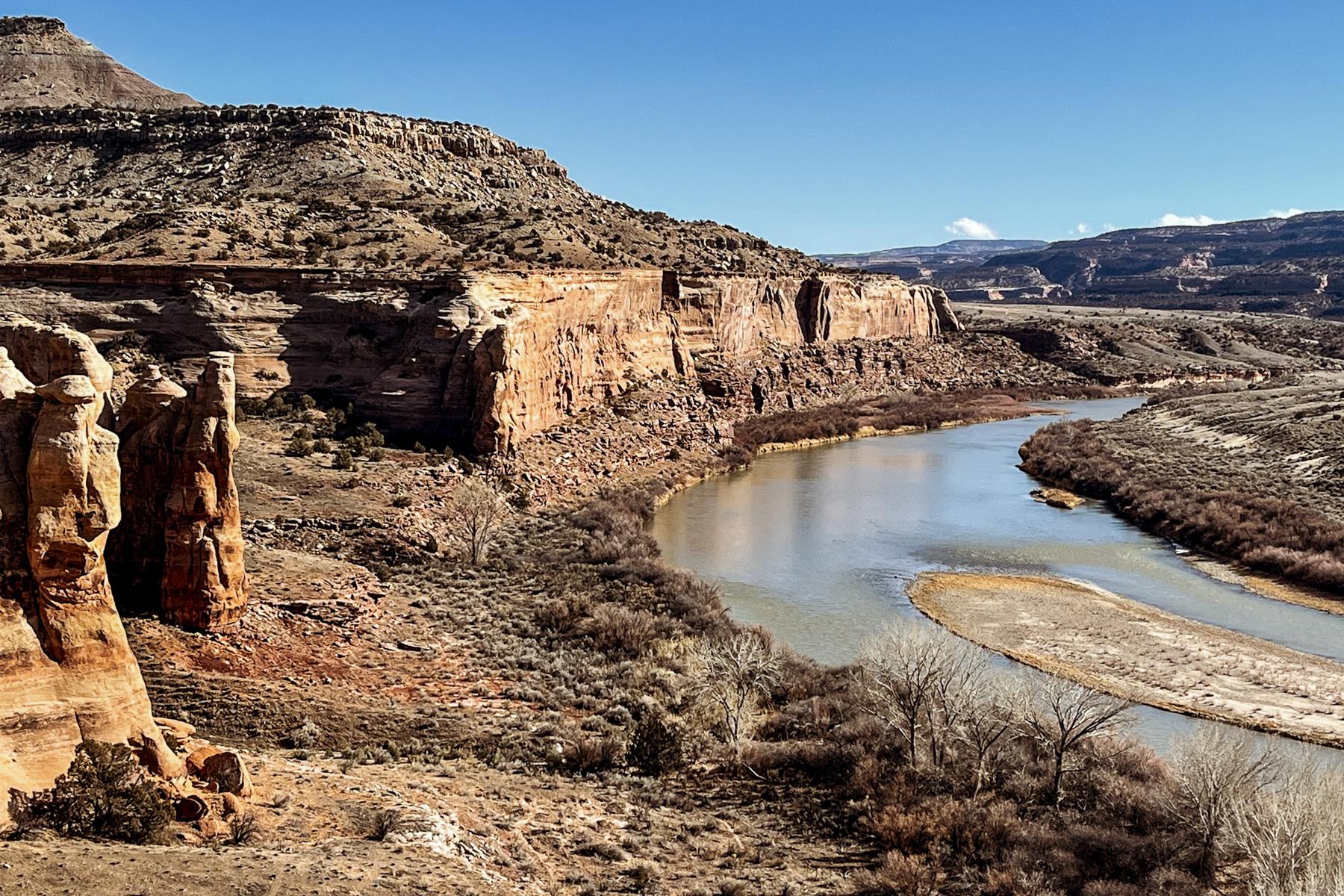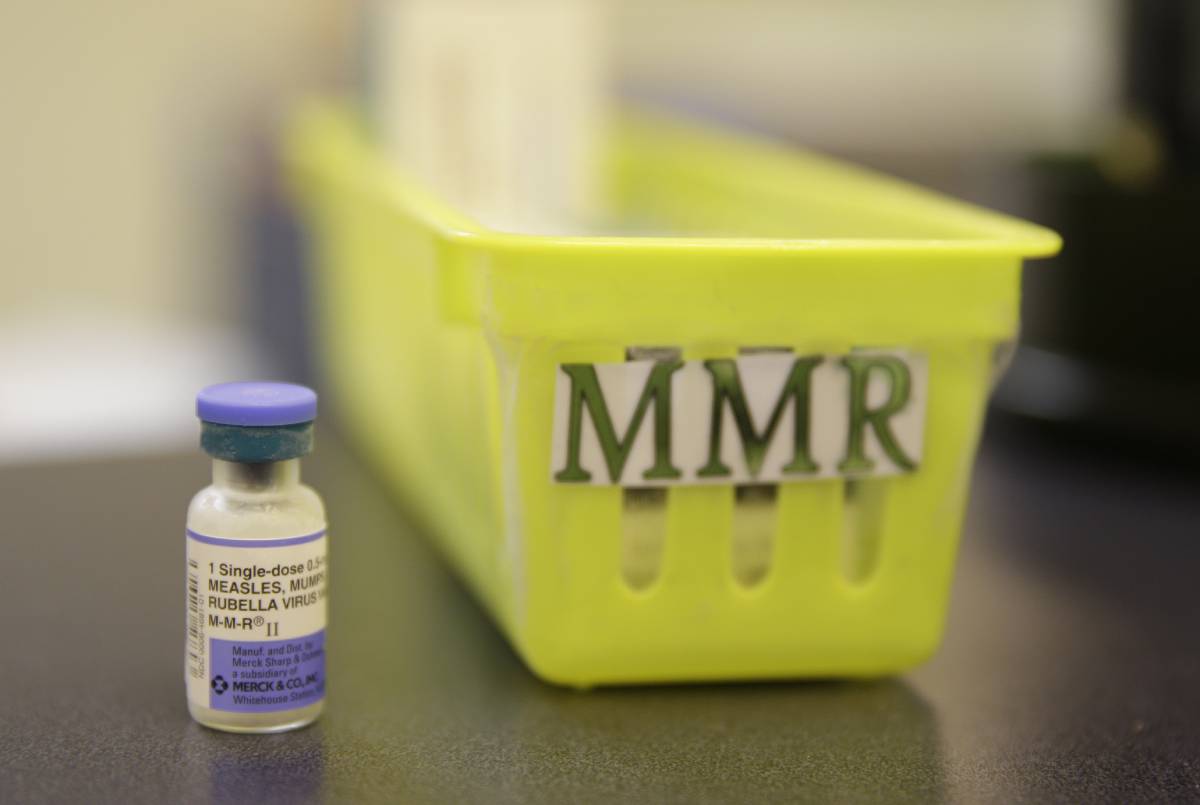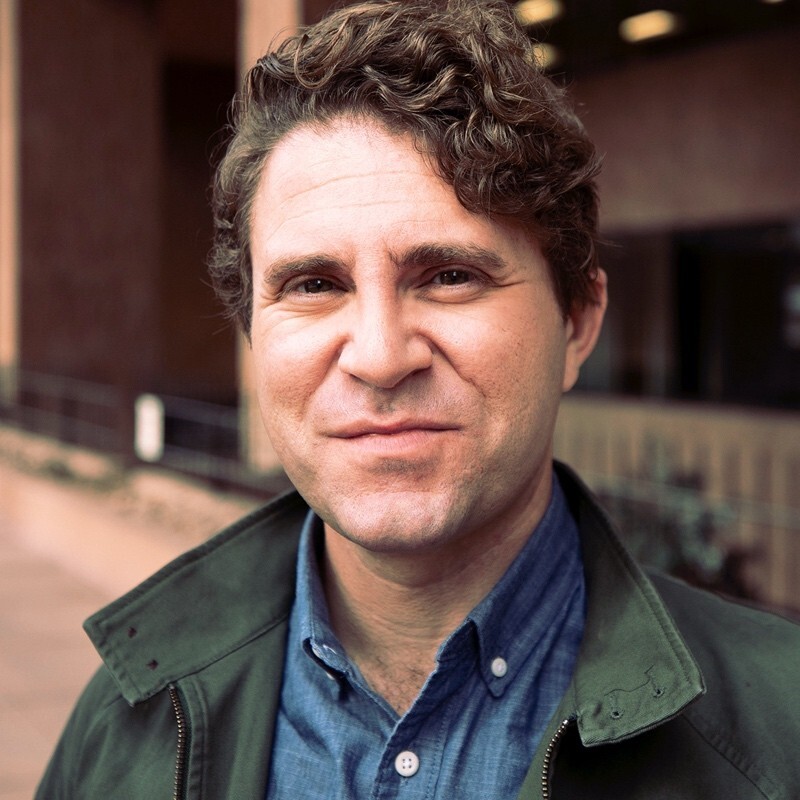
Spring planting season is officially upon us, but in this age of climate change, weather extremes, and water restrictions, there’s a lot to consider before you put that first plant in the ground.
We asked gardening expert Fatuma Emmad, co-founder of FrontLine Farming in Denver, and Panayoti Kelaidis, Senior Curator and Director of Outreach at the Denver Botanic Gardens, to answer our questions, and yours, about gardening and overall yard care.
Here are Fatuma Emmad’s recommendations for drought-tolerant plants, which can also attract pollinators like butterflies, bees, and birds to your yard:
- Yarrow, particularly white and yellow
- Sage
- Bellflowers
- Coreopsis
- Coneflower, also known as echinacea
- Lavender
- Blue Flax
- Primrose
- Penstemon
- Creeping Phlox
- Salvias
“One thing I would just want to remind (people) is that even if a plant is drought-tolerant, it still needs water (when you first plant it),” said Emmad. Water helps new plants establish their roots so that they can be resilient in drought conditions.
Here are Panayoti Kelaidis’ recommendations for turf grass and trees:
- Turf grasses for shade: red fescue (Festuca rubra)
- Turf grass for sun: Dog Tuff Grass
- Great smaller trees for Denver: Crabapples, Hawthorns, Hop Hornbeam (Carpinus caroliniana), Utah (Wasatch) Maple, Pinon pine, Gambel’s Oak, Golden rain tree
- Great large trees for Denver: Ohio Buckeye, Yellow Buckeye, Chinkapin Oak, Texas Oak (Quercus buckleyi), Shumard Oak (Quercus shumardii), Burr Oak, Kentucky Coffee Tree, Honey locust (which is bordering on being overplanted)
- Underutilized shrubs: Viburnums, Lonicera korolkowii, Seven Son’s flower Heptacodium miconioides (large shrub), Philadelphus, Lilacs
“People shouldn't rush out and get all the same trees,” said Kelaidis, who points to the need for what’s called tree diversity. “When you have too much of one kind of tree, you often get what is called a monoculture, and it becomes susceptible to disease. So that's why there's quite a rich variety of trees being introduced by the nursery industry. And we suggest looking at some of the oaks in particular that you can plant that require no supplemental water that are totally drought tolerant.”
Interview Highlights
These answers have been lightly edited for clarity.
Angie C. Platten wants to know if okra will grow in Colorado. She says she has some seedlings inside, and knows they love humidity.
Emmad: “I love this question, Angie. I totally grow okra, and okra is such an important food base in Arabian food, and also Ethiopian food where I'm from and actually it’s said to originate from Ethiopia. You can grow okra and Colorado. I grow a lot of okra. There's red okra, green okra, white okra. And as our temperatures get warmer here in Colorado, I certainly have been experimenting more with southern crops. My one advice for you that comes to me from elders who taught me is that you never really want to transplant okra. You always want to grow okra from seed. It's very particular, it does not do well when transplanted. So I would say go ahead and plant the ones that you have growing already and transplant them, but also go ahead and seed some and when you do soak it the night before and then plant those seeds and I think you'll grow some great okra.”
Mark Lucas, of Denver, sent us this question: “I grow a mix of drought-tolerant wildflowers. Everything I've seen online said DO NOT FERTILIZE – or do anything – because it would just promote leaf growth. Is that correct? Anything I can do for MORE flowers?”
Emmad: “I think what's important to understand in that question, and Mark, thanks for growing wildflowers and thinking about growing drought-tolerant plants, I think when you're really considering fertilizing, you want to understand what you're applying. There are so many different fertilizers, but the main ones are labeled on the bags which are nitrogen, potassium, and phosphorus. Each of these things do very different things. And so when we're talking about vegetative growth and leaf growth, that's really high levels of nitrogen that we're thinking about. We start the season with nitrogen-based fertilizers and then when we want to get flowering we will switch to more phosphorus to get blooms and such. So I want you to really think about what nitrogen, potassium, and phosphorus do mean and how you're applying fertilizers at different times
I think the point is when you're working with wildflowers and drought-tolerant plants that they should really be adapted to growing in this region and you shouldn't really have to do so much. What I would say is, as always, start with your base. Make sure your soil is well-cultivated. Put some compost in, and I'm sure that your flowers will take well for you.
What can someone do in a really sunny yard if they're trying to grow grass?
Kelaidis: If you have a grass that's looking, you know, a little bit patchy, usually that's a sign of the fact that it could use some aeration and maybe the soil has become very compact. Also, grass does like fertilizer. But a lot of us are kind of moving away from grass because it is pretty water intensive. One of the other problems is that people tend to water too often and grass needs to develop deep roots, especially in our climate. So we always advise watering less often like, every three or four days perhaps, and watering deeply and longer than you would because you want to encourage those deep roots and that'll help it become more vigorous. If has shallow roots, then it dries out a little bit, then it'll get stressed. And that's why sometimes you get the dieback because people water too frequently and they water lightly and so the grass never develops the really big roots and then it becomes more susceptible to the dry periods, which are pretty frequent with us.
We had several folks ask about growing in Denver’s intense sunlight– including rooftops. From Emily Kelly-Fischer: “How can I prevent my plants from being fried to death in the downtown Denver sun?”
Emmad: “Emily, this is such a great question, and I think that as we're dealing with climate chaos and changing conditions, it's good for us to reflect first and foremost on what we're trying to grow and if we need to start adjusting to warmer climate-type crops. I know I've switched to considering growing some southern crops like sweet potatoes and okra, which takes high heat. So I want you to think about what you're planting and then what I traditionally hear is you want to be southern facing and capture a lot of that sunlight.
But even for me at my home, I've really thought about how I can get more on northern facing sides now because of that extreme heat. We don't need more sun. We don't need more heat on our plants all the time right now. So perhaps think about the direction in which you're setting up your plants. And I would encourage you certainly if you're able to set them up in a northern facing way. If you have east facing, remember it receives light in the morning and is cooler later. And if you're west facing your windows receive light in the afternoon as well. So think about the directions.
Of course, if you just have a balcony, then I would encourage thinking about putting up a shade over it. Plants are scorching. I deal with it with our tomatoes in the field. Some farmers have taken to even spraying their plants at that really hot time of day where you can just see they need some cooling just like you or I probably do. It's called hydro blasting, really applying some cool water, misting them during the day when it's above 100 degrees. You don’t like it? I don't like it. Most plants don't fare well in those temperatures at all. They're really in that 80 to 90 degree range.
The last thing I would say is also consider mulching in your pots or wherever you're planting. That'll help keep the soil cool, which is also important.
Sheena Anne Kadi writes: “I've managed to keep some indoor plants alive for two years and want to expand outdoors to my balcony. What are some year-round options for a newbie looking to expand outdoors?”
Emmad: “Sheena, I think that you're able to keep plants healthy inside is great, and a testament to how you'll be able to succeed at growing outside as well. Indoor plants are pretty difficult and require a lot of care. If you're thinking about pots outside it's hard to have a lot of color in winter pots here and it is pretty extremely cold. So you want to think about the pots that you're using. Terracotta pots will freeze a lot easier, whereas using iron or heavy plastic or stone and trying to insulate the pot will help the soil not to freeze in those ways. The other thing you can do is experiment with all kinds of plants in your pots and pull them in during the winter and take care of them and grow them bigger and then pull them back out and make your balcony look beautiful during the warm times as well.
Should we plant trees as seedlings in our yards or larger, more established trees?
Kelaidis: To tell you the truth, often if you plant a little tree that's just a foot or two tall, it'll often grow faster than a big one, because when you plant a big tree it goes into shock. But we live in a culture of immediate gratification. So the average person doesn't have the faith to do that. Serious gardeners and wise people know that the best way to start is with a little tree. But then you have to protect it and make sure that something doesn't break it or whatever, but you'd be surprised at how quickly a small tree can grow.
Laura Guy asks: “All my roses were taken out by Japanese beetles last summer. Will they come back again this year? And is Neem Oil an option?”
Emmad: I get the Japanese beetle question all the time, and I know that it's painful. There aren’t really natural predators for them here. Roses get it the worst. I've sort of stopped planting a lot of roses and my own landscaping work, and really want to plant roses. I would encourage you to think about planting wild roses. Those tend to be more resilient. I do think that with this early rain, we are going to be dealing with Japanese beetles a little more intensely than last year. A lot of people talk about the trap pouches that release pheromones to try to trap the beetles. If you use those, I just want to say that they can also become a habitat and attract many Japanese beetles.
If you have a bigger property, you really want to put it far away so you're not bringing all the Japanese beetles to your garden. There are even inorganic methods that are really toxic and don't work that well. Neem has shown to be semi-effective and so is soapy water. Their grubs can be affected by milky spores that you could put in your grass if you want to contain them as grubs and then when they're adults, it's really the brutal work of picking them. They kind of get lazy in the middle of the day and they kind of just sit there, so think about perhaps picking off all the Japanese beetles as you see them, which even if it doesn't save your plants for this season, will reduce the amount of eggs that they're laying so you're not just back in the same place next season.
A man named Eric writes simply, “Bindweed! Help!!!!”
Emmad: Bindweed is a brutal one. People can use inorganic methods; I don't support that. One effective method is pouring boiling water over your bindweed. Bindweed can grow from any part of its plant. Another successful thing you could consider is just constantly cutting it back as it's coming up. What I want to say to you, Eric, is just stay on it, give it time. There are many different solutions you can use and don't let bindweed take over your garden. It can live in the dark so it's really about being persistent and staying on it. No quick solution there.









